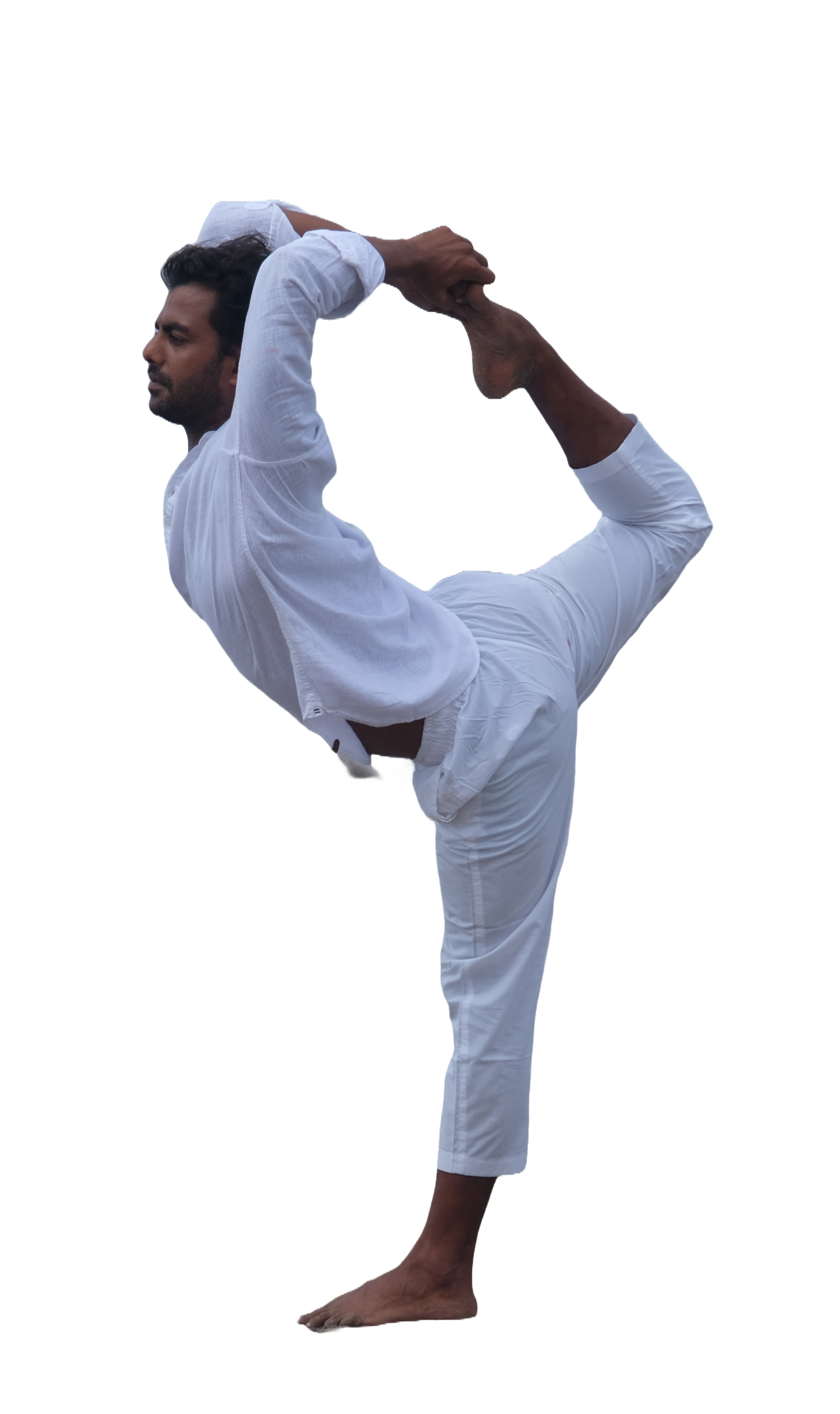-
-
Yoga Courses
Yoga Teacher Training India
Yoga Teacher Training Canada
Yoga Teacher Training Germany
Yoga Teacher Training Greece
Yoga Teacher Training Portugal
-
Yoga Retreats
-
YTTC Guide

Sanskrit: बकासन
Bakasana, or Crane Pose, is named after the crane, a bird known for its grace, balance, and focus. In many cultures, cranes are seen as symbols of longevity, happiness, and good fortune.
Historically, Bakasana is one of the oldest arm balances in yoga, often mentioned in ancient texts and practiced by yogis to develop both physical and mental fortitude.
– Begin in a squatting position, with your knees wide, keeping your heels flat on the floor.
– Place your hands on the floor in front of you, shoulder-width apart. Spread your fingers wide and press firmly into the ground to create a stable base.
– Keep your arms straight and lift your hips. Position your knees on the backs of your upper arms, as close to your armpits as possible.
– Engage your core muscles to maintain stability. Start shifting your weight forward onto your hands, lifting your feet off the ground one at a time.
– Once your weight is balanced on your hands, lift both feet off the ground and bring your toes together. Keep your gaze forward to help with balance.
– Hold the pose for several breaths, maintaining steady and even breathing.
– To release, slowly lower your feet back to the ground and return to the squatting position.
Strengthens Arms and Wrists:
– Bakasana builds strength in the arms, wrists, and shoulders.
– The pose requires and develops strong core muscles, improving overall stability and balance.
– Balancing on the hands requires intense focus and concentration, helping to calm and center the mind.
– Practicing Bakasana improves coordination and body awareness.
– Individuals with wrist pain or injuries should avoid this pose due to the pressure it places on the wrists.
– Those with shoulder problems should practice caution or avoid Bakasana to prevent exacerbating the condition.
– Pregnant women should avoid this pose as it involves intense abdominal engagement.
– Individuals with high blood pressure should avoid this pose due to the physical strain it may cause.
– Avoid Bakasana if you have had recent surgery, especially in the wrists, shoulders, or abdominal area.
– Beginners can place a block under their feet to lift their hips higher and make it easier to shift their weight onto their hands.
– Place a bolster in front of you.
– Start with Crow Pose to build strength and confidence before attempting Bakasana, or practice Bakasana with bent arms and slowly try to straighten them.
– Engage the Mula Bandha (root lock) and Uddiyana Bandha (abdominal lock) to create stability and lightness in the pose.
– Keep your gaze (drishti) forward, not down, to help with balance.
Learn Other Poses:
Popular Courses in Bali
200 hour Yoga Teacher Training in Bali | 300 hour Yoga Teacher Training in Bali | 500 hour Yoga Teacher Training in Bali | 50 Hours Yin Yoga Training in Bali | 50 hours Pranayama Training in Bali | 50 hours Yoga Nidra Training Bali | 50 hours Arm Balancing Training Bali | 100 hour Ashtanga Training Bali
Popular Courses in Germany
200 hour Yoga Teacher Training in Germany | 300 hour Yoga Teacher Training Germany | 50 Hour Yin Yoga Training Germany | 50 Hour Pranayama Training Germany | 50 hour Yoga Nidra Training Germany | 50 Hour Arm Balancing Training | 100 hour Ashtanga Training Germany
We are offering a special price for the first 6 registrations
per month!
